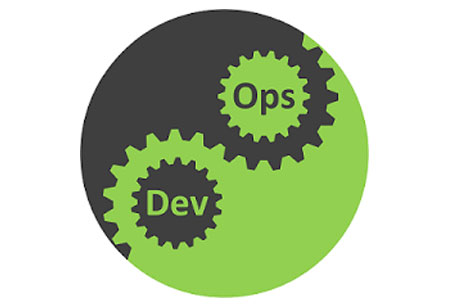THANK YOU FOR SUBSCRIBING
Steps to attain DevOps Maturity
The inclusion of DevOps (an amalgamation of development and operations) is driven from the increasing necessity to make organizations agile and deliver applications and IT resources more quickly.

By
Apac CIOOutlook | Friday, February 01, 2019
Stay ahead of the industry with exclusive feature stories on the top companies, expert insights and the latest news delivered straight to your inbox. Subscribe today.
The organizations should reset their IT practices as innovative and faster to maintain a sustainable advantage in the web-scale. The inclusion of DevOps (an amalgamation of development and operations) is driven from the increasing necessity to make organizations agile and deliver applications and IT resources more quickly. It aids better collaboration, improves operational efficiency and accelerates “concept-to-revenue” for new services. The DevOps has the power to transform the processes of organizations’ development, operations, maintenance and IT infrastructure in cloud environments.
Infrastructure delivery: Earlier automation used to be limited to the processes of individual teams. As the teams become more efficient, the business needs the automation infrastructure as a whole. The objective of this is to deliver greater agility for the business. This is followed by three key areas:
• System configuration: Automating system configurations and keeping them in version control provides control over the infrastructure layer. It enables organizations to achieve agility with the applications and systems running on top of it. Businesses should start configuration with items as logging and monitoring that run into most frequently across the infrastructure.
Check this Out: Top DevOps Consulting/Services Companies (Enterprise Modules, eralabs, STX Next )
• Provisioning: After automating system configurations and provisions, businesses have the basis of a self-service infrastructure. Role of operations is shifted from order-takers to owners and operators. Network connectivity, storage, and accounts are some instances of provisioning.
• Security policy configuration: To enforce internal security policy, organizations have to demonstrate compliance with external groups. As automation matures security policies need to be placed into infrastructure configuration management to enforce the correct policies.
Self-service capabilities: This is the final stage of a DevOps evolution. This stage helps businesses to get the benefits as collaboration accelerates functional boundaries. Providing self-service capabilities depends on every stage of the DevOps evolution.
Responses: Responding to critical incidents as intrusions or malware manually is time and resource consuming. It leads to slower response time and effects machines and systems. Automating incident response allows faster remediation by reducing manual functions and ensures that processes are consistently applied.
Companies that implement these practices of DevOps can deliver higher performance and better business outcomes.





